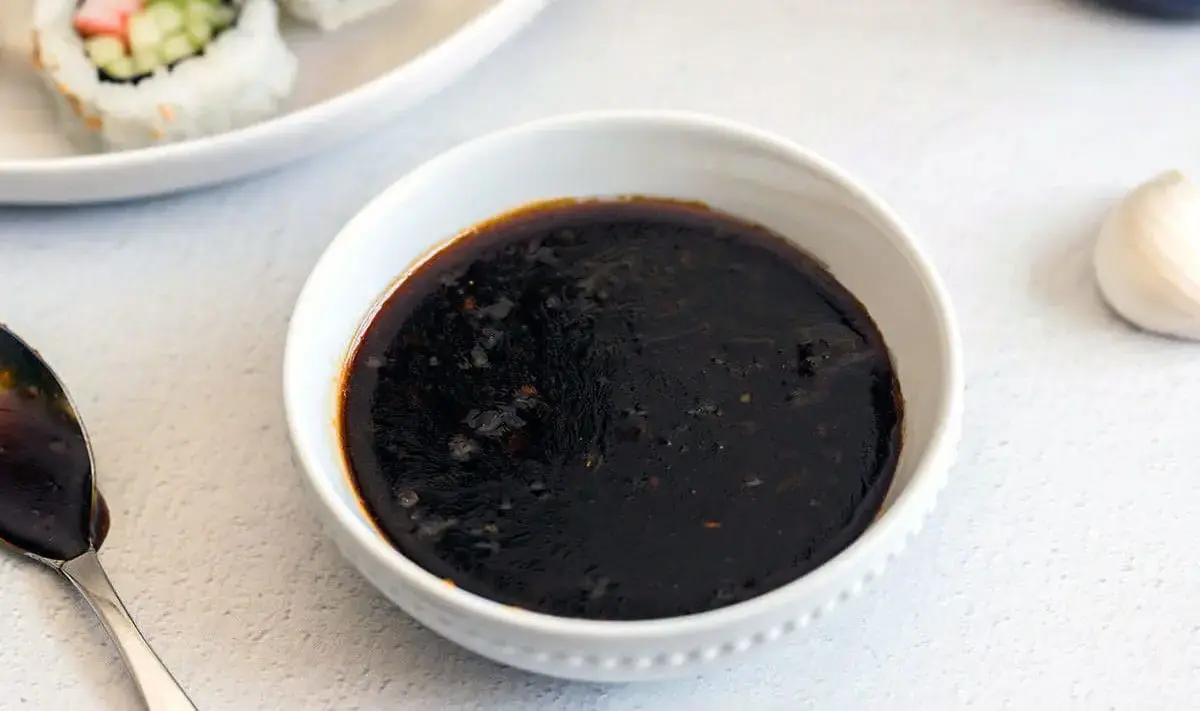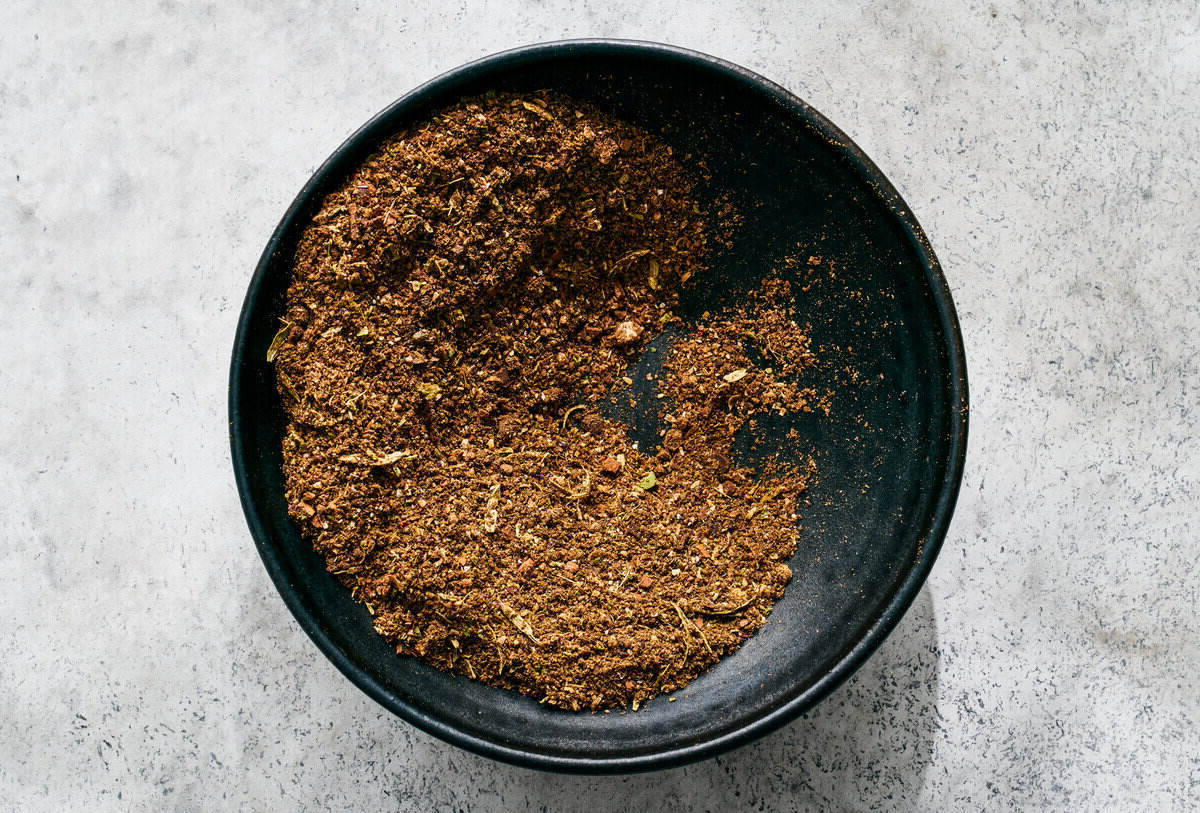When it comes to unique and lesser-known vegetables, the salsify plant definitely stands out. This root vegetable, also known as the oyster plant due to its subtle oyster-like flavor, is a member of the sunflower family. While it may not be as popular as carrots or potatoes, salsify has a rich history and offers a range of culinary and nutritional benefits.
Appearance and Varieties
Salsify plants are characterized by their long, slender roots that can grow up to 12 inches in length. The roots have a dark brown skin with a creamy white interior. The plant also produces purple or yellow flowers, adding a touch of beauty to its surroundings. There are two main varieties of salsify: black salsify (Scorzonera hispanica) and white salsify (Tragopogon porrifolius). Both varieties are grown for their edible roots and tender shoots.
Culinary Uses
Salsify has been a part of European cuisine for centuries, prized for its delicate flavor and versatility. The roots can be prepared in various ways, including boiling, steaming, or roasting. Once cooked, salsify roots have a tender texture and a taste reminiscent of artichokes or oysters, hence the nickname "oyster plant." They can be used in soups, stews, and casseroles, or simply sautéed with butter and herbs for a delicious side dish. Additionally, the young shoots and flower buds of the salsify plant are also edible and can be used in salads or as a garnish.
Nutritional Benefits
In addition to its culinary appeal, salsify offers a range of nutritional benefits. It is a good source of dietary fiber, which is important for digestive health. Salsify also contains essential vitamins and minerals, including potassium, iron, and vitamin C. These nutrients contribute to overall health and well-being, making salsify a valuable addition to a balanced diet.
Growing Salsify
If you're interested in growing salsify in your own garden, it's important to provide the right growing conditions. Salsify thrives in cool, temperate climates and prefers well-drained soil with plenty of organic matter. The seeds can be sown directly into the ground in early spring, and the plants require regular watering to ensure proper root development. With proper care, salsify plants can be harvested in the fall or left in the ground over winter for a sweeter flavor.
Conclusion
In conclusion, the salsify plant may not be as well-known as some other vegetables, but its unique flavor and nutritional benefits make it a valuable addition to any kitchen. Whether you're a culinary enthusiast looking to experiment with new ingredients or a home gardener seeking to expand your repertoire, salsify is definitely worth exploring. Its delicate taste and historical significance add a touch of intrigue to the world of root vegetables, making it a standout choice for those looking to broaden their culinary horizons.
Was this page helpful?
Read Next: What Is The Purple Soup Chinese People Eat










